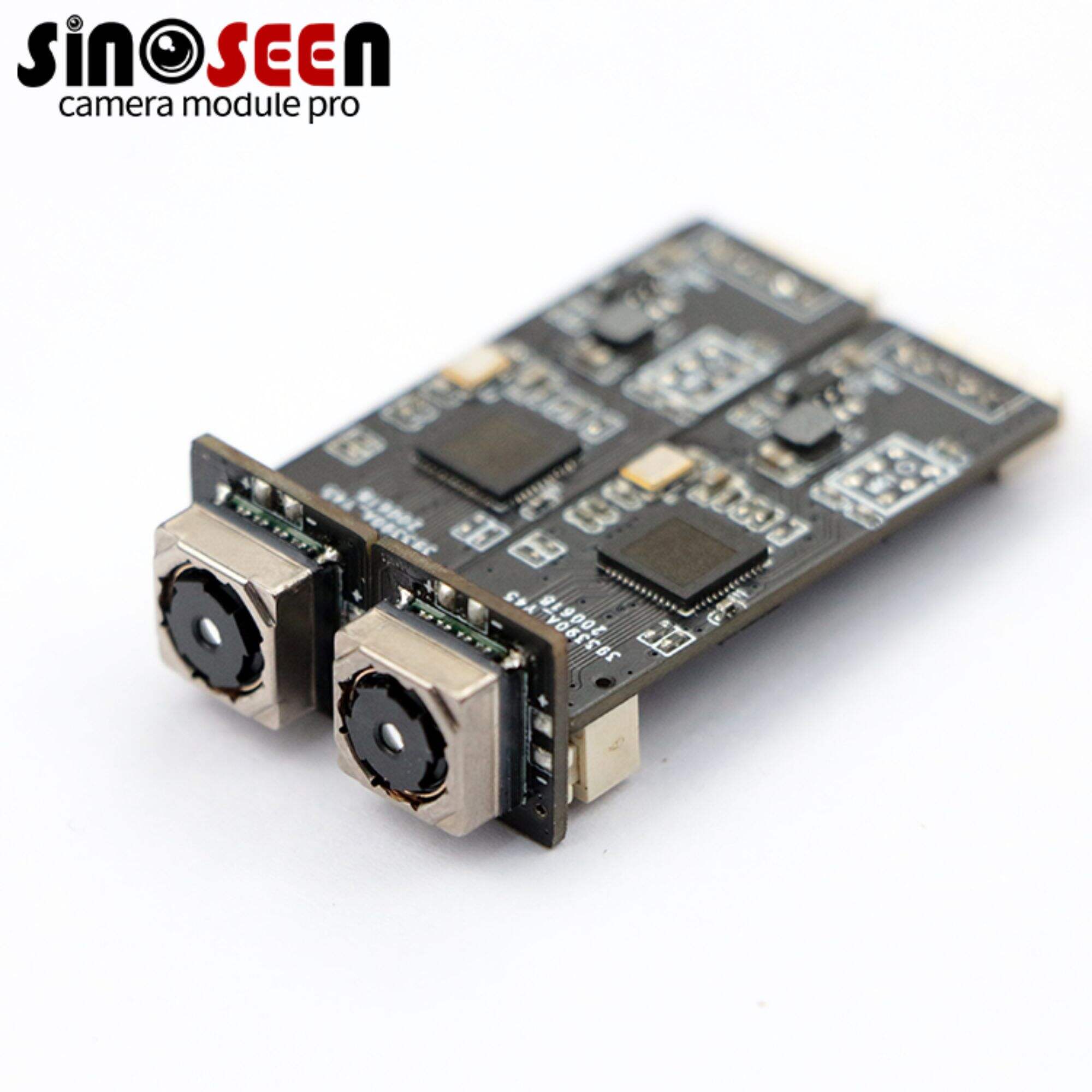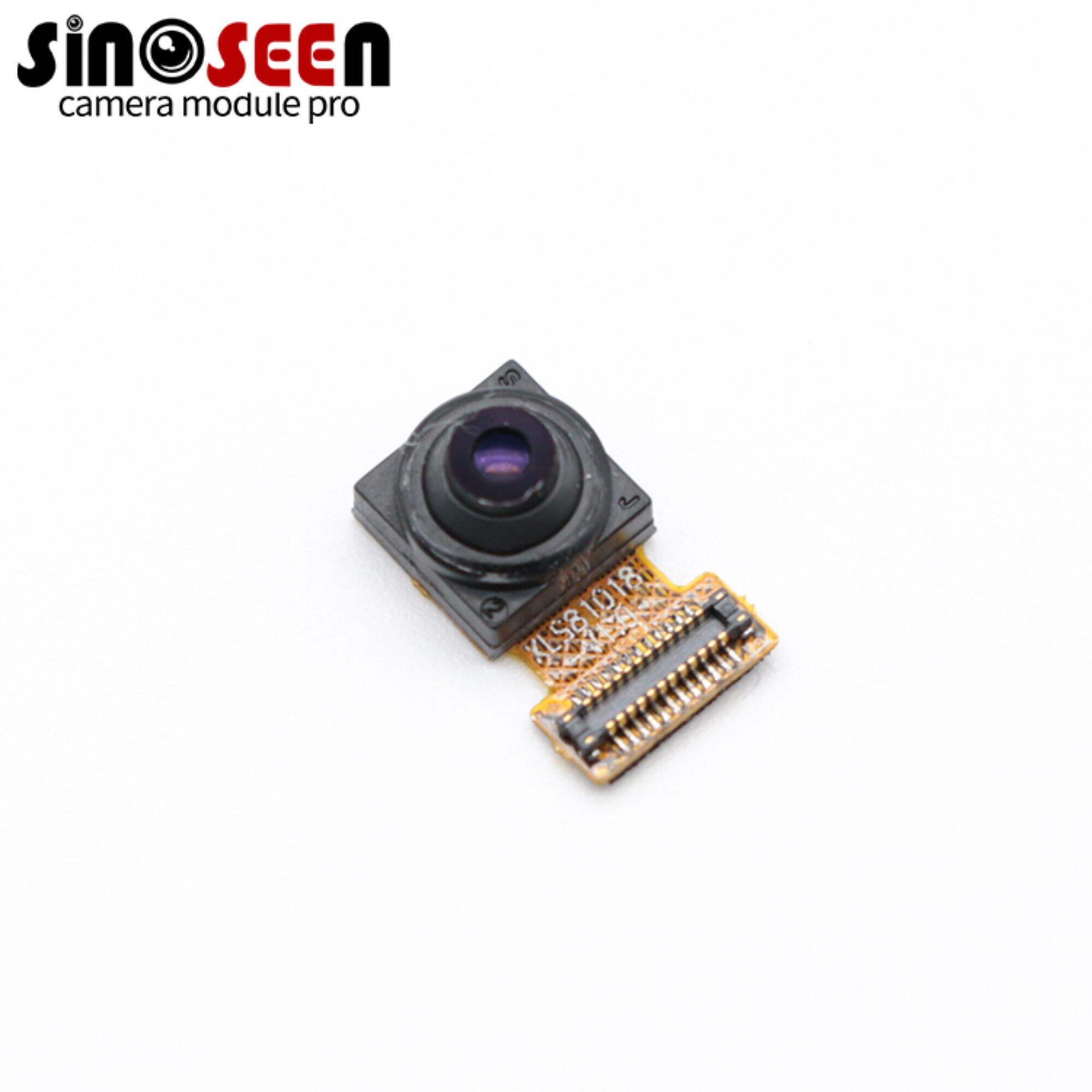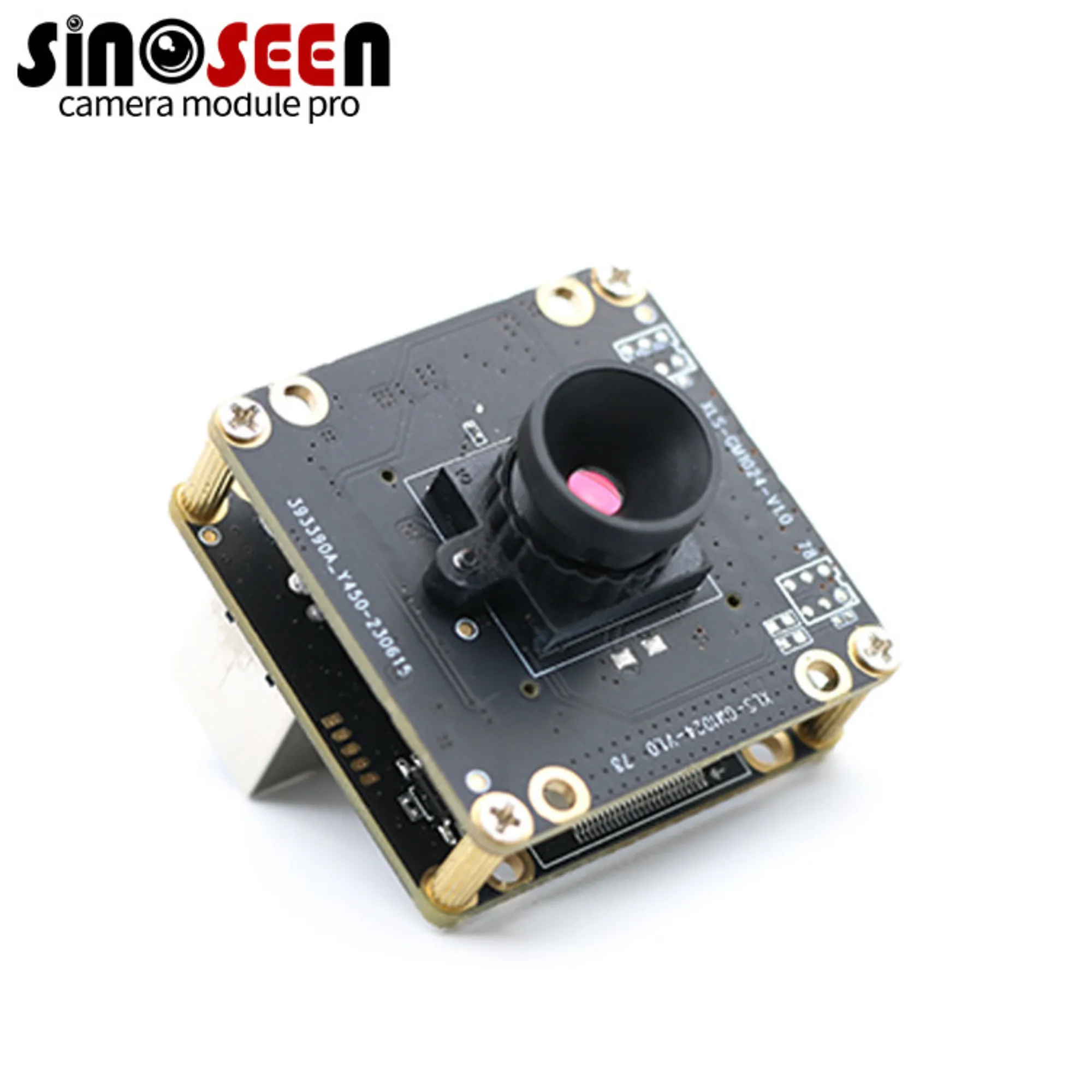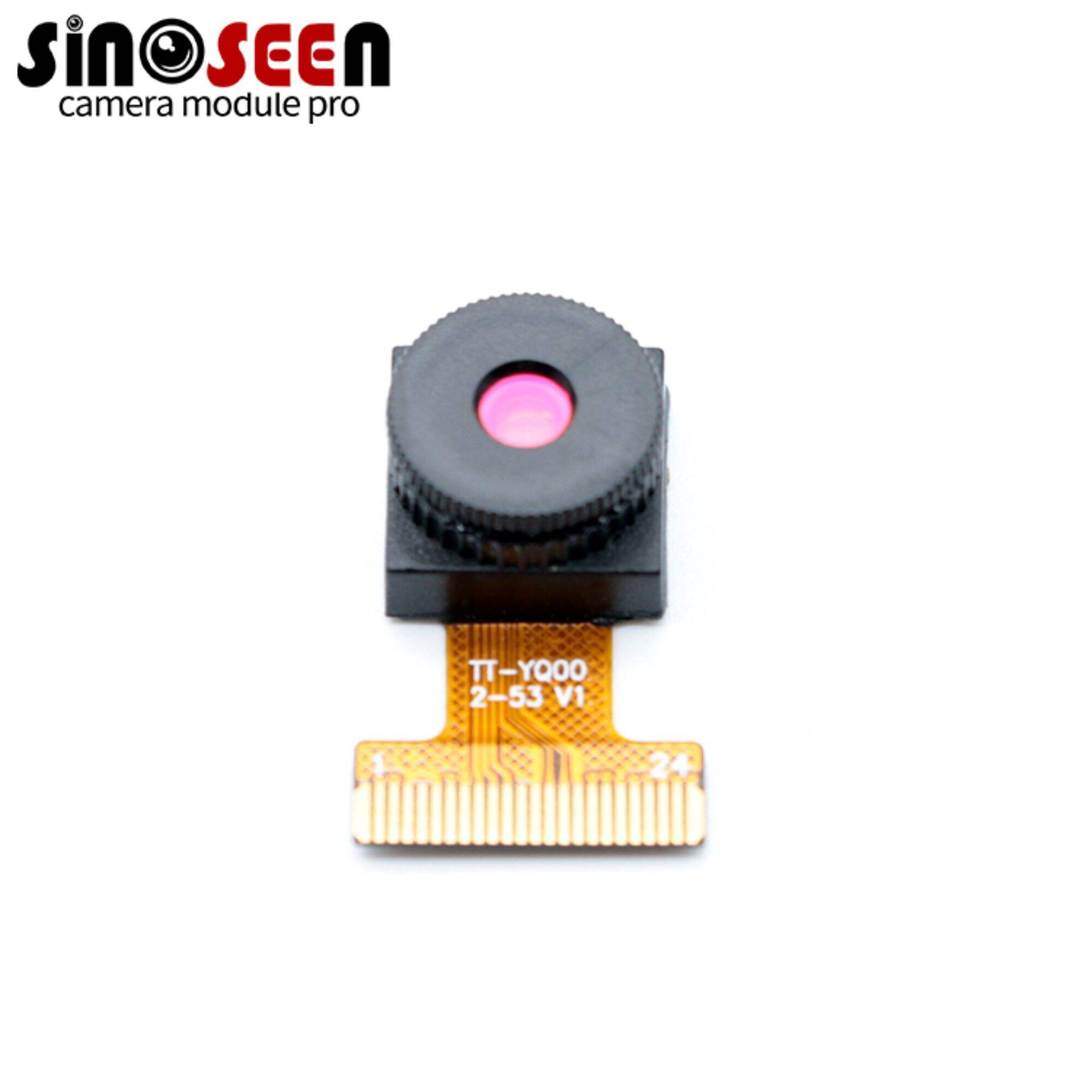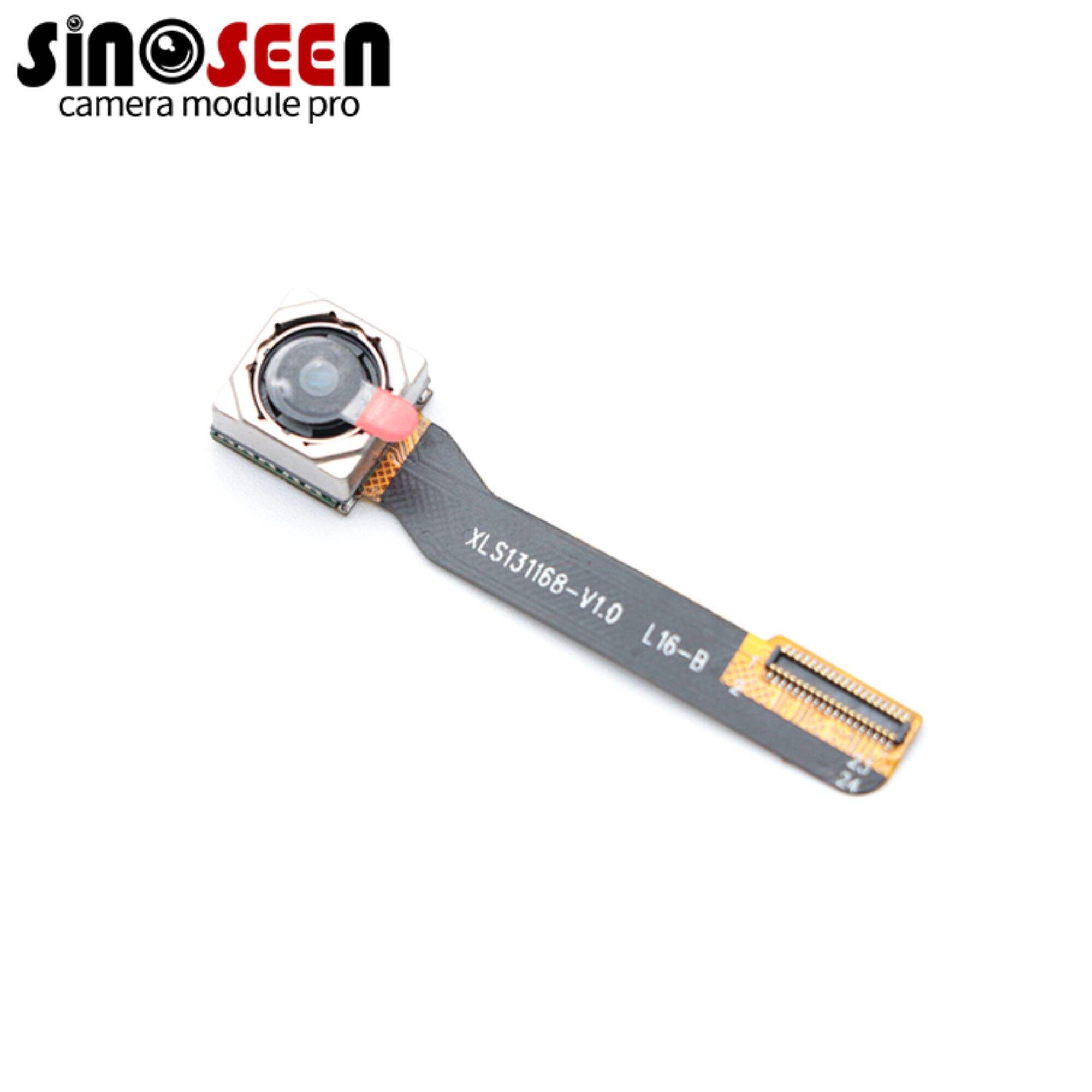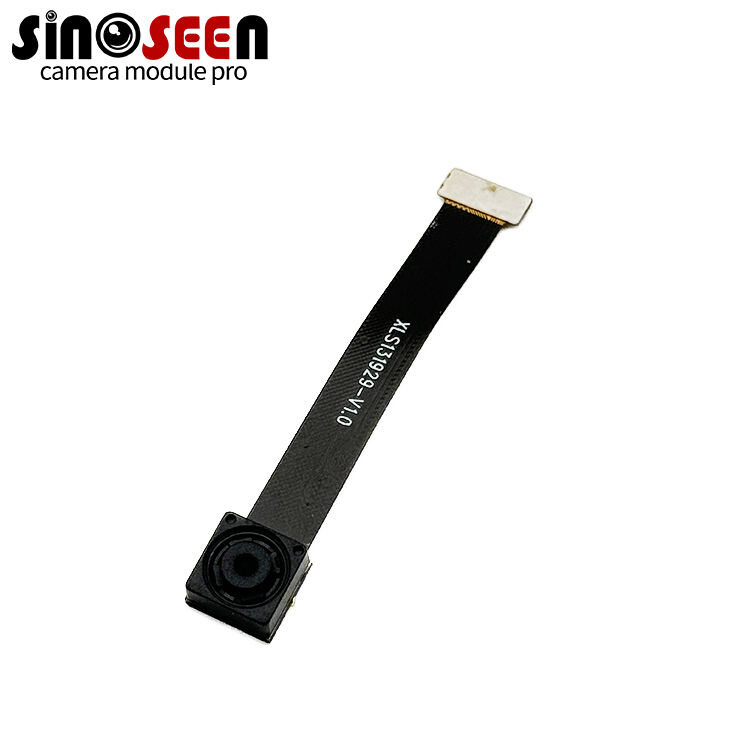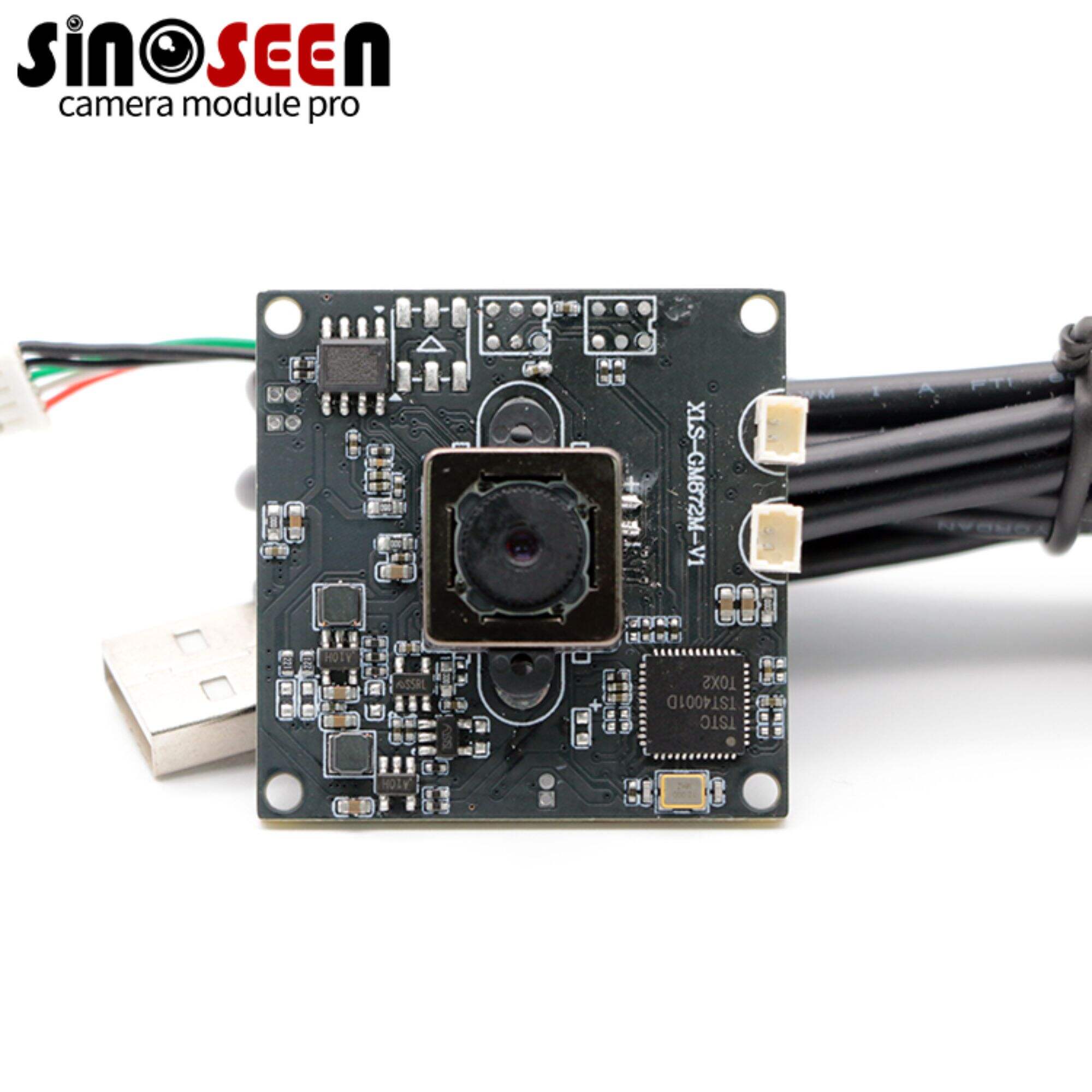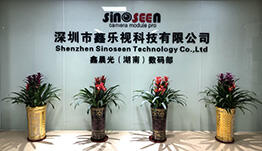How Dual Lens Camera Modules Enhance Depth Perception in Photography
The Science Behind Dual Lens Camera Modules
Stereoscopic Imaging Principles
Dual lens camera modules use the principles of stereoscopic imaging to replicate human vision by capturing images from two slightly different angles. This process mimics the way our eyes perceive depth, leveraging the separation between the lenses similar to the gap between our eyes. When these images are processed together, they create a perception of depth or 3D effect, enhancing the user's experience of depth perception. For example, a study published in Photonics Research highlights that stereo imaging can increase depth accuracy significantly, underscoring its effectiveness in creating more realistic images by enhancing depth perception. This advanced imaging is integral to fields requiring high precision, such as medical imaging, real estate virtual tours, and certain professional photography segments.
Parallax Effect in Depth Calculation
Parallax is the apparent shift in the position of an object when viewed from different angles and is crucial for depth calculation in stereo images. In dual lens camera modules, parallax allows photographers to generate images with a sense of three-dimensional depth by calculating differences in object positions captured by each lens. This optical phenomenon is used in various techniques and algorithms, such as depth map generation in 3D reconstruction techniques. For instance, using parallax, professional photographers can create a depth-of-field effect, enabling clear foreground focus with a softly blurred background. Renowned scientists have developed algorithms that interpret parallax data accurately, a testament to its pivotal role in enhancing the realism of dynamic scenes.
Advantages Over Single-Lens Systems
Enhanced Low-Light Performance
Dual lens systems offer significant improvements in low-light conditions by effectively gathering more light. These systems are particularly beneficial when using camera modules such as the IMX415, which are designed to enhance low-light performance. This module is equipped to capture clearer images with reduced noise, even in dim settings, making it ideal for diverse applications such as night vision camera modules or professional photography where clarity is crucial. According to industry data, dual lens setups can improve light sensitivity by up to 30%, which drastically reduces image noise and enhances overall image quality.
Precision in Portrait Mode & Bokeh Effects
When it comes to achieving professional-level portrait photography, dual lens systems excel by offering precise depth mapping that enhances bokeh effects. This technology allows photographers to manipulate depth of field, thus creating aesthetically pleasing images with detailed subject isolation. The ability to blur backgrounds while keeping subjects in sharp focus results in images with artistic appeal. Notably, brands have recognized the advancements in portrait modes attributed to dual lens technology, with data suggesting a 40% increase in focus accuracy. This makes dual lens systems indispensable for photographers who aim to elevate their visual storytelling through enhanced depth and clarity.
Improved Autofocus Through Triangulation
Dual lenses significantly improve autofocus capabilities through triangulation methods, allowing for more rapid and precise focusing under various lighting conditions. By utilizing data from both lenses, these systems can achieve superior autofocus, a feature prominently showcased in popular photography devices. Innovations within the industry, particularly in autofocus technology, have led to speed improvements by 50%, providing users with an essential advantage in fast-paced or dynamic environments. Therefore, dual lens systems are pivotal in ensuring sharp images, even in the most challenging scenarios, owing to their advanced triangulation techniques.
Each of these advantages highlights the transformative impact of dual lens systems in various imaging scenarios, whether it's enhancing low-light photography, excelling in portrait shots with captivating bokeh effects, or improving autofocus accuracy through sophisticated technology. These systems provide superior outcomes that meet the demanding standards of both amateur and professional photographers.
Technological Innovations in Depth Sensing
IMX415 Sensor's Role in Low-Light Clarity
The IMX415 sensor is a pivotal innovation in producing clear images in low-light conditions. Its advanced specifications, including a high-resolution output and impressive sensitivity to light, set it apart. This sensor excels in low-light scenarios such as night-time photography and low-light environments in security applications. Its ability to outperform predecessors is evident in its low-light imaging capabilities, where it significantly reduces noise and enhances image clarity. In comparisons with other sensors, the IMX415 consistently delivers superior performance in real-world settings by leveraging advanced camera sensor technology. This makes it a favored choice for professional photography and applications requiring high fidelity in dimly lit conditions.
4K Modules in Professional Applications
4K camera modules have become synonymous with high-quality imaging, crucial in various professional fields. The utilization of dual lens systems amplifies these modules' effectiveness, offering unparalleled clarity and depth in every frame. In applications like filmmaking, 4K imaging allows for stunning detail, while in medical imaging, it aids in accurate diagnostics with high-resolution visuals. Moreover, surveillance systems benefit from the crisp imagery that 4K modules provide, supporting enhanced security operations. Recent statistics highlight a growing demand for high-resolution cameras, attesting to their importance in professional applications. As the industry standard shifts towards 4K and high-resolution cameras, we see continuous improvements in visual quality across multiple use cases.
Night Vision Capabilities for Specialized Use
Night vision capabilities are significantly enhanced through dual lens technology, which offers distinct advantages for specialized applications. Security operations and wildlife monitoring are two domains that benefit greatly from night vision camera modules. The technology's ability to provide enhanced visibility in darkness is rooted in its integration with advanced night vision technology, allowing users to capture clear images in low-light scenarios. Studies have confirmed the improved efficacy of such systems, leading to better performance and user satisfaction. As demand for enhanced night-time clarity grows, dual lens camera modules stand out by delivering reliable and precise imagery, solidifying their role in specialized monitoring tasks.
Smartphone Photography Breakthroughs
Dual lens technology has revolutionized smartphone photography, allowing for breakthroughs in image quality and functionality. This advancement has enabled manufacturers to improve features like optical zoom, low-light performance, and depth-of-field effects. Notably, smartphone models such as Apple's iPhone and Samsung's Galaxy series have led the charge, integrating dual lens systems to produce stunning photographic results that challenge standalone cameras in terms of quality. According to sales data, these enhancements have significantly boosted consumer preference, confirming the technology's critical role in shaping smartphone camera advancements. Users frequently report enhanced satisfaction with photography capabilities, reflecting new trends in capturing everyday moments with professional-grade quality.
Medical Imaging & Autonomous Vehicles
The impact of dual lens systems on medical imaging and autonomous vehicles has been transformative. In medical settings, dual lens modules provide superior imaging capabilities for diagnostics and surgical procedures, improving accuracy and patient outcomes. For instance, enhanced depth sensing and high-resolution imaging aid in creating detailed diagnostic images, streamlining the analysis process. In the realm of autonomous vehicles, these systems offer crucial depth detection and responsiveness, enhancing safety in complex driving environments. Research studies underscore the effectiveness of camera modules in these fields, showcasing their reliability and operational precision, integral to medical imaging technology and autonomous vehicle technology advancements.
VR/AR Content Creation
Dual lens systems have greatly advanced VR/AR content creation, delivering immersive 3D environments essential for both gaming and professional applications. These technologies address significant technical challenges, enhancing realism in VR and AR experiences by providing precise depth perception and high-quality visuals. Successful projects, such as interactive training simulations and entertainment experiences, leverage dual lens technology to deliver unparalleled user engagement. Feedback and performance metrics reveal significant improvements in user satisfaction and reduced motion sickness, underscoring the pivotal role of immersive content creation and 3D VR technologies in shaping the future of virtual and augmented realities.

 EN
EN
 AR
AR
 DA
DA
 NL
NL
 FI
FI
 FR
FR
 DE
DE
 EL
EL
 HI
HI
 IT
IT
 JA
JA
 KO
KO
 NO
NO
 PL
PL
 PT
PT
 RO
RO
 RU
RU
 ES
ES
 SV
SV
 TL
TL
 IW
IW
 ID
ID
 SR
SR
 VI
VI
 HU
HU
 TH
TH
 TR
TR
 FA
FA
 MS
MS
 IS
IS
 AZ
AZ
 UR
UR
 BN
BN
 HA
HA
 LO
LO
 MR
MR
 MN
MN
 PA
PA
 MY
MY
 SD
SD

